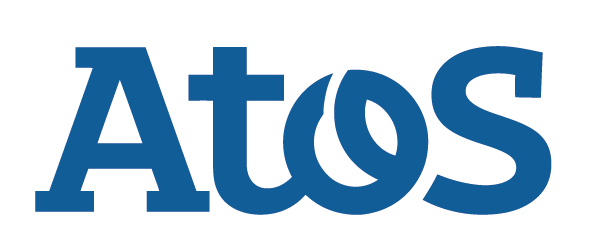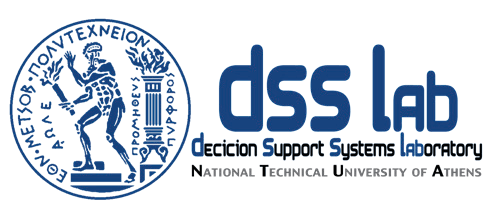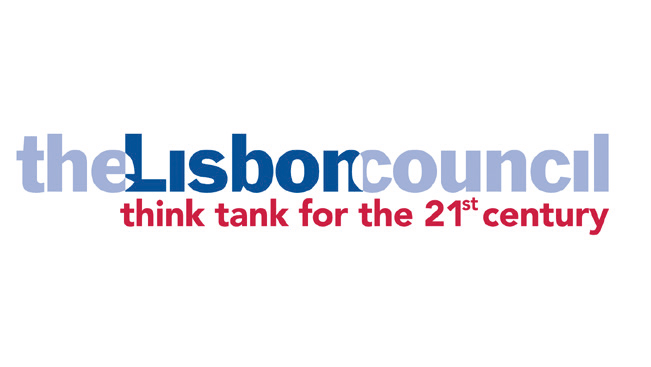Paving the way towards next-generation policy making: The Big Policy Canvas Knowledge Base
The Big Policy Canvas Knowledge Base is a state-of-the-art, online, dynamic repository, intended to act as the placeholder for the knowledge to be produced during and beyond the Big Policy Canvas project, structured along three dimensions, Needs, Trends and Assets. It is …
- … state-of-the-art in the sense that it incorporates Big Policy Canvas findings on current and emerging public sector needs, and trends impacting public administrations and the policy making process in specific, but also on the pool of technological and methodological assets that can be used to accommodate them;
- … online as it is an integral part of and made accessible through the Big Policy Canvas web site;
- … and dynamic in the sense that it provides a comprehensive mapping among the aforementioned three dimensions, thereby the needs, trends and assets.
The information provided for each Knowledge Base item (need, trend or asset) complies with a standard structure, incorporating a number of common for all items or item-specific attributes, as shown in the figure below.
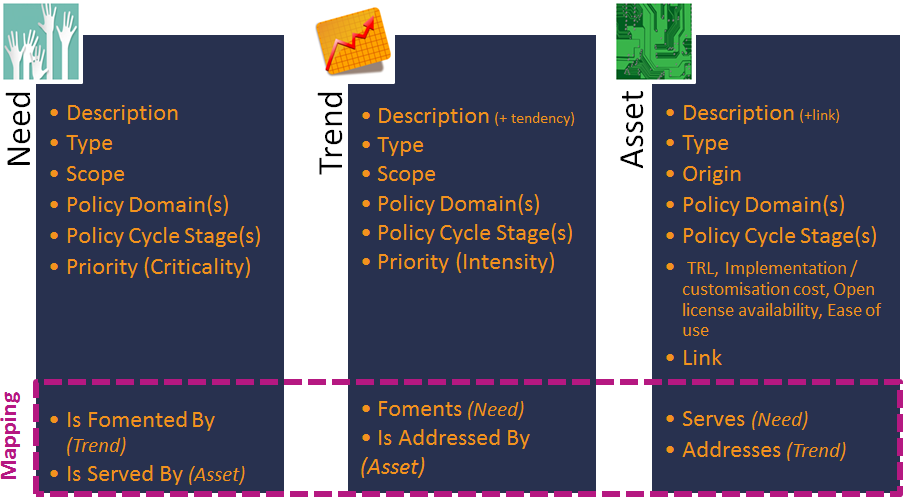
Among these attributes, the type corresponds to a high level classification of each item in certain categories: Needs are classified as classified as strategical, organisational, informational, legal or technical, while trends are characterised as technological, conceptual, societal or cultural. Accordingly, assets are categorised as applications, systems or tools, code lists, ontologies, taxonomies or vocabularies, data sources, frameworks, methods or models, platforms or portals, standards or use cases.
The scope property is common for needs and trends, and enables to mark the latter as local, regional, national, EU-wide or international, whereas the origin attribute for assets indicates their origin from the public or private sector.
The policy cycle stage aspect draws its value from the agenda setting, policy design and analysis, policy implementation and policy monitoring and evaluation phases of the policy making cycle, whereas the policy domain attribute is filled-in, taking into account an assortment of twelve fields, including
- Agriculture, Fisheries, Forestry & Foods
- Economy & Finance
- Education, Youth, Culture & Sport
- Employment & Social Security
- Environment & Energy
- Health
- Institutional Questions / Internal Affairs
- Foreign Affairs and Defence
- Justice, Legal System & Public Safety
- Public Affairs
- Innovation, Science & Technology
- Urban Planning & Transport
The priority attribute represents a metric of the importance of each item (low, medium, high) and in particular a need’s criticality, and a trend’s intensity. The technological readiness level (TRL:1-9), implementation/customisation cost (low/high), open licence availability (yes/no) and ease of use (low/high) properties are further used to provide a more detailed view of the assets’ capabilities.
The description of each item is complemented by its mapping to other elements of the Knowledge Base, bringing forward potential inter-relations among needs, trends and assets. Along the above lines:
- needs are linked to the trends they are fomented by and the assets by which they can be served,
- trends are linked to the needs that they foment and the assets by which they can be addressed, whereas
- assets are accordingly linked to the needs that they can serve and the trends they address.
These inter-relations make up the Big Policy Canvas Panorama, a key component of the Knowledge Base, which combines needs, trends and assets in a three-dimensions mapping, as shown in the figure below, aimed at facilitating the identification of assets that may address public sector needs or give shape to related trends.
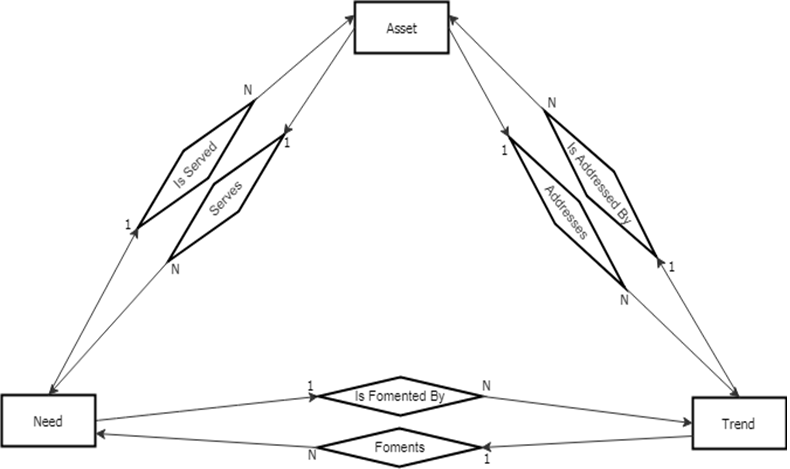
The Knowledge Base is a tool that can be leveraged by the Big Policy Canvas Community, namely policy makers, public officials, researchers and ICT company representatives to support the uptake and reuse of solutions that hold the potential to advance policy making processes, leading towards next-generation policy making.
You are invited to browse through the Knowledge Base contents here!

